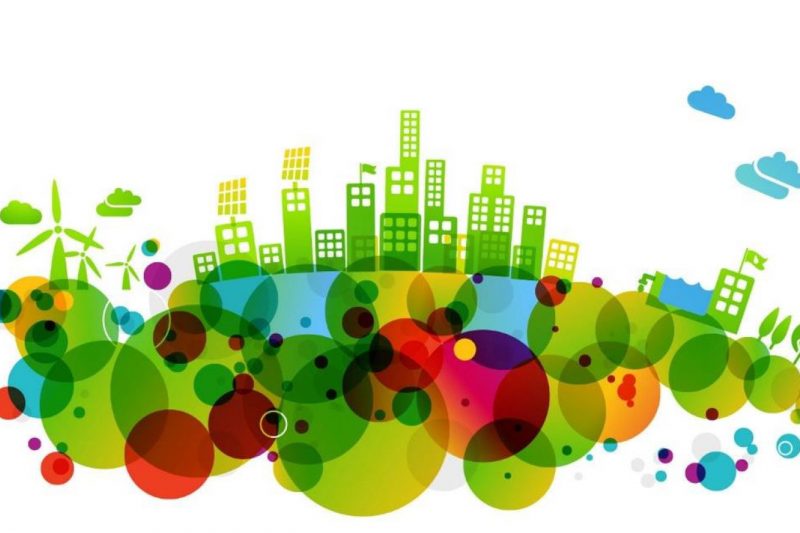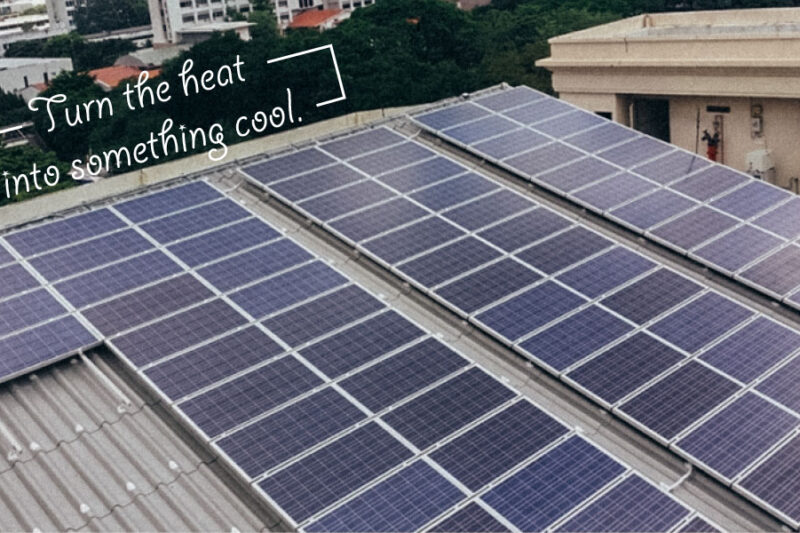Valuable advice on making meeting venues and materials more environmentally friendly
Every week there are countless meetings, seminars, workshops and conferences taking place in various faculties and departments of Chulalongkorn University. Add up the cost of resources spent on electricity, water, paper and ink for printed documents, food and other expenses, and it’s enormous. Then there’s the waste created afterward, from plastic water bottles to leftover food, containers and other materials.
As part of the sustainable university network, Chulalongkorn University takes this issue seriously and encourages all faculties and partners to embrace the “Green Meeting” concept, by minimizing negative impacts on the environment as much as possible.
Here are some examples of how to organize a successful Green Meeting.
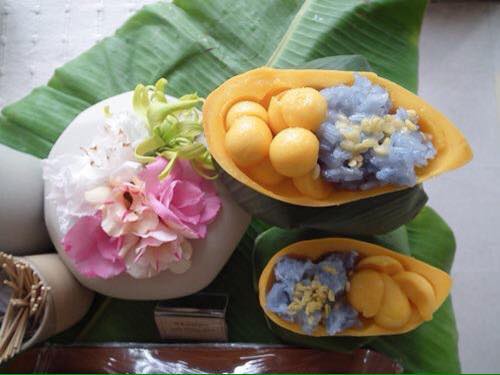
Green Planning
When Ms Green is tasked with organizing a green meeting, she reviews the usual steps of preparation: 1) meeting invitations; 2) meeting documents; 3) venue and equipment and 4) food and beverages.
What can be done to make it green?
She makes sure to book a room with an appropriate size for the number of participants. She sends invitations by email and indicates in the invitation that the meeting will be in line with green concepts. Therefore, soft-copy files will be sent beforehand; no hard copy will be handed out during the meeting. Confirmation of attendance is strongly requested so that food and beverages can be prepared accordingly.
On the day of the meeting, Ms Green makes a QR Code available on a screen so that participants can easily download the documents they need. Glass water jugs will replace plastic water bottles. Ten minutes before the meeting starts, she will turn on the air-conditioning and set the temperature at 25C — the right timing and the right temperature for comfort and conservation.
For breaks and lunch, Ms Green orders healthy food for participants. To reduce plastic waste, she chooses containers made from biodegradable natural products. For beverages, she opts for herbal drinks, with lower and no sugar. Lunch consists of single-dish meals, wrapped in banana leaves, instead of a buffet to reduce food waste.
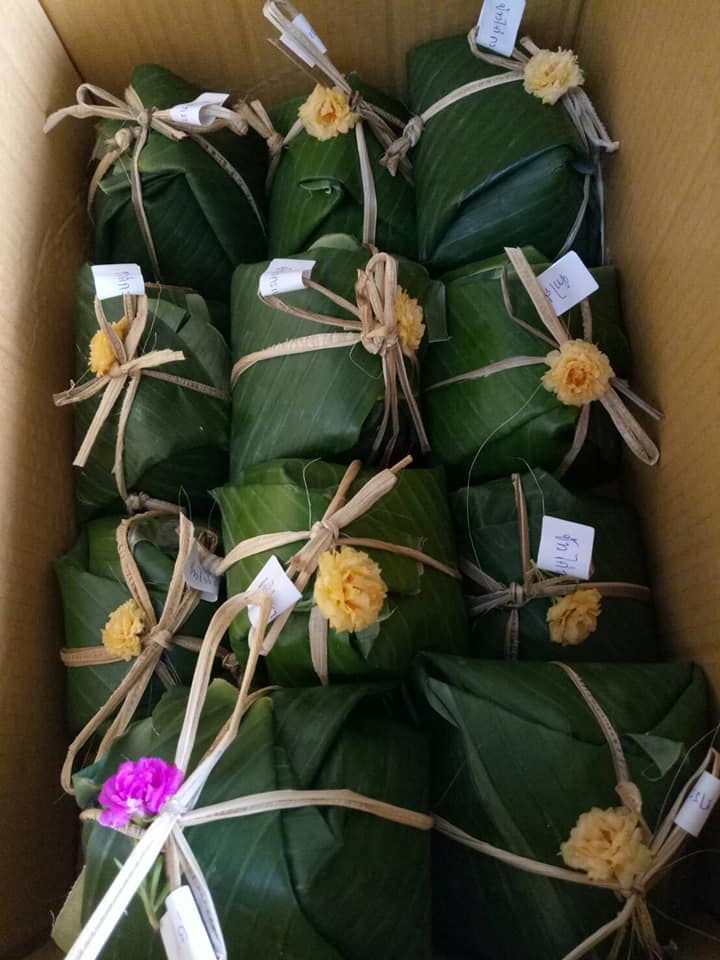
Green Participants
How do you avoid being “awkward” when attending a green meeting? First of all, prepare with the right mindset and change any behaviors that need changing to join this save-the-planet mission.
Do away with a suit if you feel you will be too warm in it. Print your documents on recycled paper or double-sided if you really need hard copy for yourself. Finish your food and leave no waste.
These changes may be difficult at first, but you will get accustomed to them in no time as the people and the world around you are changing rapidly too. Stay committed and persevere. Soon you’ll feel proud of yourself for being part of the change to save the planet with the Chula community.
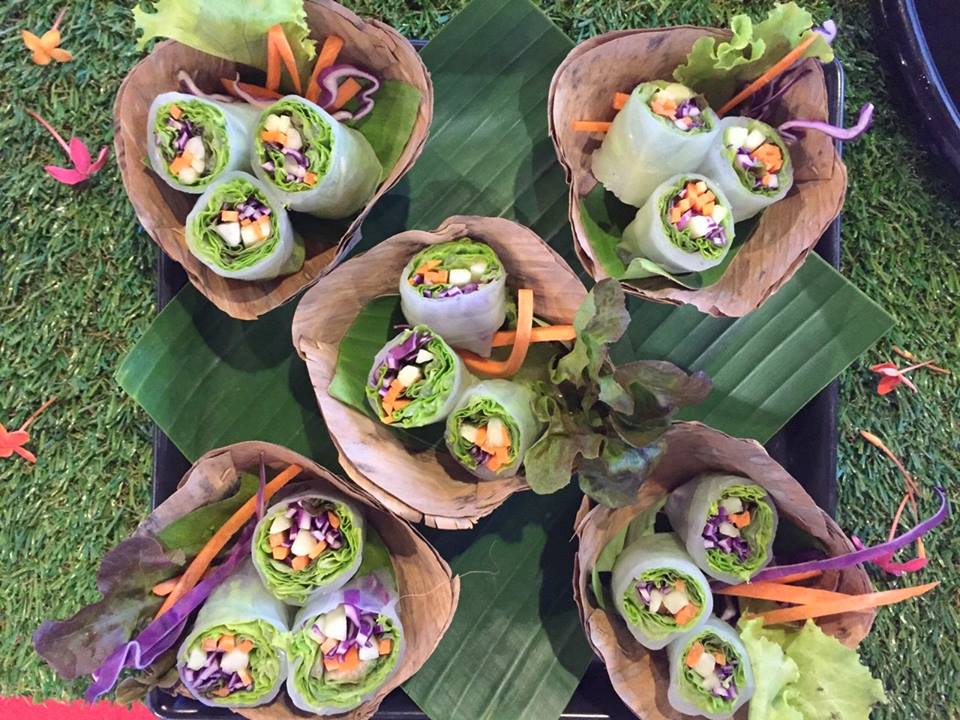
Green Catering
Caterers can go green with clean and healthy offerings such as low-calorie food, local herbs and vegetables and seasonal fruits, served in eco-friendly containers with cutlery that isn’t plastic.
***
Here are some more Green Meeting guidelines to reduce waste (adapted from the Thailand Business Council for Sustainable Development, Thailand Environment Institute):
1. Meeting invitations and promotion
- Send out meeting notifications via website, intranet, e-newsletter and email. This reduces paper use and transport emissions;
- Request attendance confirmation by email or telephone.
2. Meeting documents
- Send meeting documents in digital form by email and notify participants to bring their own documents if they need them;
- Prepare a QR code that links to files that participants might want to download;
- Print documents only as necessary and make them brief and concise;
- Use recycled paper or two-sided printing;
- Do not print PowerPoint presentations. If absolutely necessary, print 4-6 slides per page.
3. Venue and equipment
- Use potted plants instead of fresh flowers for venue decoration;
- Reduce the use of plastic foam and plastic for decorations and backdrops and replace them with eco-friendly materials that can be recycled;
- Prepare appropriate waste separation bins for efficient waste segregation.
4. Food and beverages
- Use glassware to serve drinking water to reduce use of plastic bottles and plastic straws;
- Prepare self-service breaks and beverages and reduce the use of sachets for sugar, coffee and tea;
- Serve single-dish meals. Go for a buffet only when there are more than 20 participants;
- Use reusable containers instead of plastic foam, plastic and paper;
- Choose natural and biodegradable products such as banana leaves and bio-based plastic;
- Prepare waste sorting bins for food and beverages for ease of waste segregation.
5. Other preparations
- Choose eco-friendly and locally sourced gifts and mementoes for participants;
- Prepare receptacles for paper and any other discarded materials such as name tags for reuse.
For more information, contact the Chula Zero Waste Project, tel 02-218-8127
Previous:
Next:
Others
Commencement Ceremony and Gender Identity
Transgender Dentistry Graduate Overjoyed – “Mister’” Wasn’t Pronounced at Commencement Ceremony


